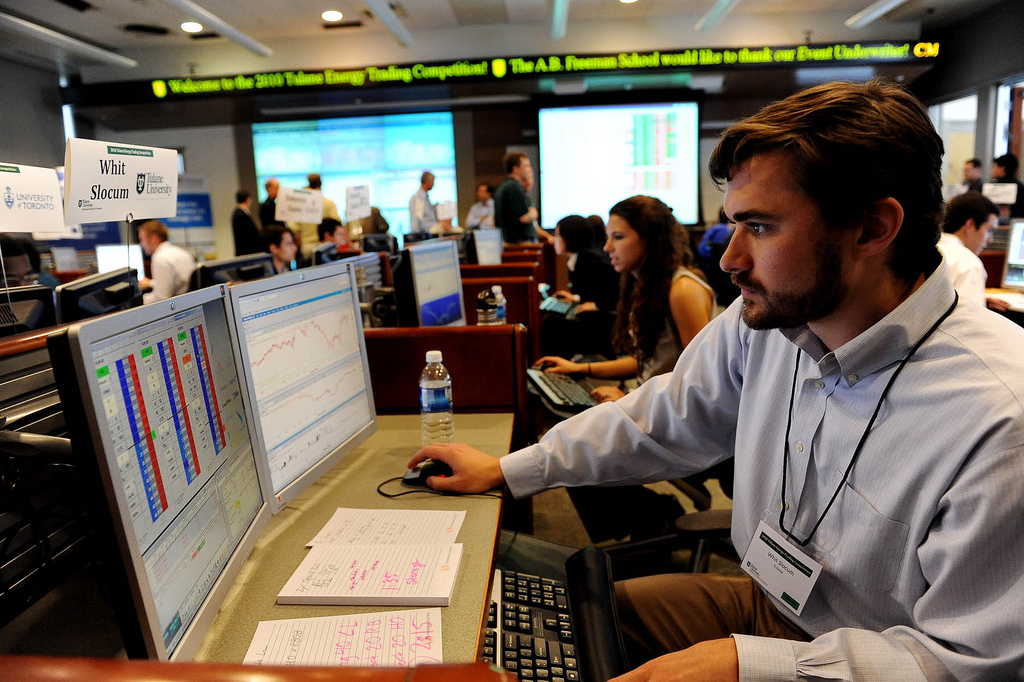Where do you go for new, fresh investment ideas? Where do you go once you have an idea to vet it out, dig deep down into the research to validate your investment?
More and more investors are choosing to use YCHARTS. While the “chart” in the title might be misleading, the site’s research capabilities aren’t. This isn’t a place investors hear random ‘buy’ and ‘sell’ recommendations.
YCHARTS is a full blown investment site that helps beginning and advanced investors alike to make better — more informed — investment decisions.
And that folks, is what Tradestreaming is all about. Join me for a conversation with YCHARTS’ co-founder/CEO and financial content veteran Shawn Carpenter to talk about his firm’s value for investors and where he plans on taking his offering in the future.
Shawn’s also been generous enough to offer a free PRO subscription ($400) to a Tradestreaming listener. Please ‘Like’, ‘Retweet’, or ‘post to LinkedIn’ this interview and I’ll choose one person at random to receive a free 1-year subscription to YCHARTS Pro ($400). Continue reading “Building a better investment site – with YCHARTS’ Shawn Carpenter”






 :::::::::::::::::::::::::::::::::::::::::::::::::::::::::::::::::::::::::::::::::::::::::::::::::::::
:::::::::::::::::::::::::::::::::::::::::::::::::::::::::::::::::::::::::::::::::::::::::::::::::::::





